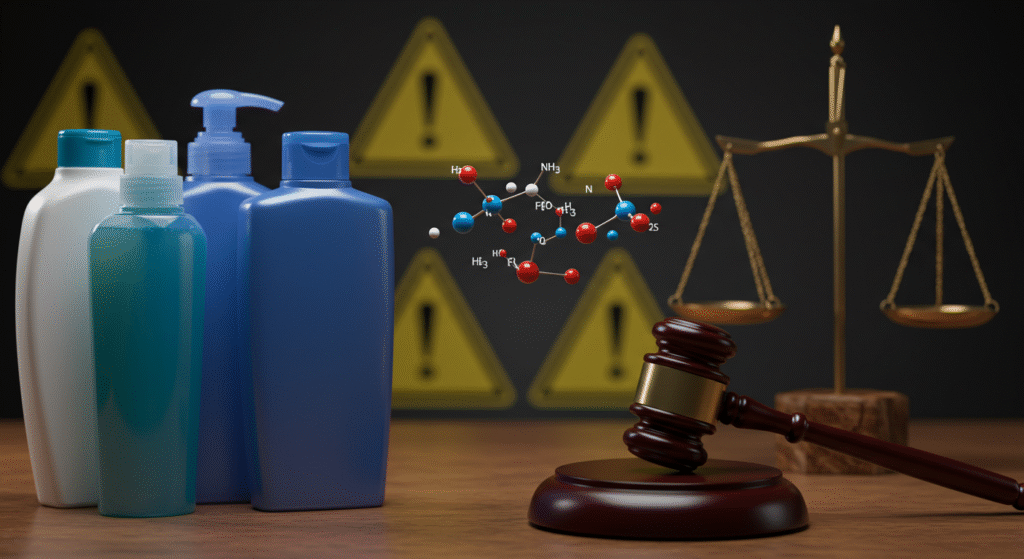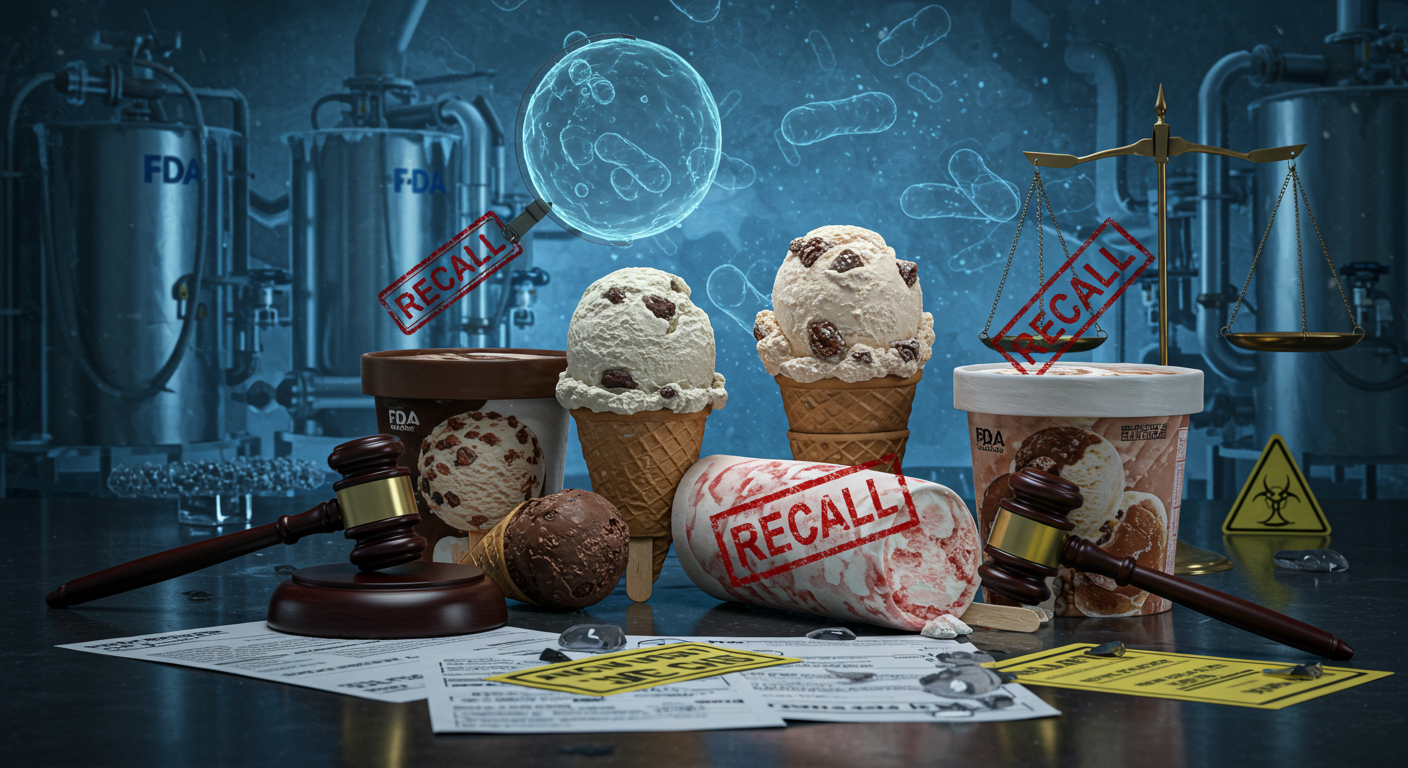Hi, I’m Orland Howell. I’ve spent four years writing about lawsuits in a way that’s easy to understand. I help law firms and people like you make sense of tricky legal stuff. Today, I’ll explain the Native shampoo lawsuit in very simple words. We’ll talk about PFAS (harmful chemicals), the chance of a group lawsuit, and what you should do as a buyer. My goal is to give you clear, true information so you feel safe and informed.
What Is Native Shampoo, and Why Do People Like It?
Native is a brand that makes shampoos, conditioners, and body washes. It started as a small company but got super popular. In 2017, a big company called Procter & Gamble bought Native for $100 million. That shows how much people love it.
People pick Native because it says its products are “clean” and “natural.” The shampoos use simple things like coconut oil or mint. They don’t have harsh stuff like sulfates or parabens. Scents like cucumber and mint or citrus and herbal musk smell great. Users say their hair feels soft and clean without feeling heavy.
But in 2025, people are worried. There might be harmful chemicals in Native products. If you use Native shampoo, you probably want to know if it’s safe. Let’s talk about the main problem: PFAS.
What Are PFAS? The “Forever Chemicals” Explained
PFAS means per- and polyfluoroalkyl substances. They’re called “forever chemicals” because they don’t go away easily. They stay in your body and nature for a long time.
PFAS help products last longer, like waterproof clothes or non-stick pans. But they can hurt you. Studies say PFAS might cause high blood pressure, weaker immune systems, or even some cancers. The U.S. Environmental Protection Agency (EPA) says most people have PFAS in their blood from things they use daily.
In shampoo, PFAS might make it foam better or feel nice. But when you wash your hair, these chemicals can get into your skin or scalp. Over time, this can add up. It’s a big worry for kids, pregnant people, or anyone with sensitive skin.
Why is this a problem now? In 2024 and 2025, tests found PFAS in some beauty products. Groups like Mamavation and the Environmental Working Group checked shampoos and deodorants. They found tiny amounts in “clean” brands like Native. It’s not just Native, but when a brand says “natural,” finding PFAS feels wrong.
The 2025 PFAS Investigation: What’s Happening with Native?
In early 2024, lawyers from ClassAction.org started checking if Native products have PFAS. They tested shampoos, conditioners, and body washes. They found small amounts of PFAS, even though Native says its products are “safe” and “simple.”
By May 2025, the investigation got bigger. Labs found fluorine—a clue for PFAS—in Native shampoos bought in 2023 and 2024. For example, the cucumber and mint shampoo had a little PFAS. The citrus and herbal musk deodorant, often used with the shampoo, showed the same. The amounts are small, but experts say using it a lot can matter.
Native, owned by Procter & Gamble, says there’s no problem. In 2025, a company person said they test for safety and follow rules. But they didn’t show all their test results. This makes customers upset because they chose Native to avoid chemicals.
People are talking online. On Reddit’s r/beauty and r/Haircare pages, users are scared. A January 2025 post got over 300 comments. One person said, “I loved Native, but now I’m worried.” TikTok videos show people throwing away Native bottles because they’re afraid of health problems.
The investigation isn’t done. In September 2025, the EPA asked for more PFAS tests in beauty products. New rules might come by the end of 2025. For Native, this year is a big deal. Will tests show more problems, or will Native prove it’s safe? We’ll find out soon.
Will There Be a Class Action Lawsuit?
No lawsuit has started yet, but a group lawsuit, called a class action, seems likely. Let me explain why, based on other cases.
A class action brings together lots of people hurt by the same thing. Here, anyone who bought Native shampoo since 2020 could join. Lawyers need proof, like false ads or health risks. The PFAS tests are strong proof.
Other cases like this worked before. In 2024, a deodorant brand paid $5 million for lying about being “clean.” Procter & Gamble had issues with benzene in dry shampoos and paid money too. If Native’s PFAS is too high, a lawsuit could ask for better labels, refunds, or safer products.
What’s the chance in 2025? Legal experts believe a class action is possible, but nothing is confirmed yet. A law from 2022 makes the FDA report on PFAS by December 2025. This could make things move faster. If a lawsuit happens, it might pay $10-20 million total, or $20-50 per person.
But it’s not certain. Native might pay to settle before court. Or tests might show PFAS levels are too low to matter. Either way, this case is making beauty brands more honest.
Can Native Shampoo Hurt Your Health?
Many Native users say their hair has problems. They report itchy scalps, dry hair, or more hair falling out. A TikTok video from April 2025 showed a woman saying Native made her curly hair fall out. Reddit has over 200 complaints like this in 2025.
Does PFAS cause hair loss? There’s no clear proof yet. But a 2024 study in the Journal of Dermatology says PFAS can make hair follicles weak over time. Other things in Native, like strong scents, might also bother scalps. Native gets a 3-4 score on the Environmental Working Group’s safety scale—not bad, but not the best.
Bigger worries? Using PFAS for a long time can cause thyroid problems or trouble having babies. Shampoo doesn’t add much PFAS, but it adds to what you get from water or clothes. If you’re concerned, switch products now.
No one has gotten very sick or died from Native. But it’s smart to be careful. The FDA says to avoid PFAS when you can.
What Native Says About This
Native says its products are safe. In 2025, they said, “Our shampoos use safe ingredients and have no parabens or sulfates.” They say other people test their products and find no high PFAS.
Procter & Gamble agrees. They’re a big company with strict rules and say they check their products. But some people don’t trust them because P&G had problems with benzene in other shampoos. Why won’t Native show all PFAS test results?
Not sharing everything makes people doubt Native. Customers want clear answers, like exact PFAS amounts or where ingredients come from. Until Native shares more, people may not trust them.
What You Should Do: Your Rights and Next Steps
If you use Native shampoo, here’s what to do.
Check Your Products
Look at your bottle. These might have problems:
- Cucumber & Mint Shampoo and Conditioner
- Powder & Cotton Body Wash (used with shampoo)
- Citrus & Herbal Musk Deodorant
These were mostly bought from 2023 to 2025. Write down the lot number if you’re not sure.
Look for Problems
Watch for:
- Itchy or red scalp
- More hair falling out when you brush or wash
- Dry or weak hair
If these don’t go away, see a doctor. Write down when they started.
Join the Investigation
Go to ClassAction.org to sign up for updates. It’s free, and you don’t have to do anything now. If a lawsuit starts, they’ll tell you. Act by late 2025 so you don’t miss out.
Pick Safer Products
Try brands with no PFAS, like:
- Acure or Attitude (checked for safety)
- Brands with EWG scores below 2
Check labels for words like “fluoro.” Use apps like Think Dirty to check products.
Your rights? The law says ads must be honest. If Native lied, you might get money back. Contact Native’s customer service—some people got refunds quietly.
How This Affects Beauty Products in 2025
This isn’t just about Native. It’s a warning for “clean beauty.” Brands say they’re natural, but rules aren’t strict enough. The FDA’s 2025 PFAS report might ban these chemicals in beauty products. We’ll see more tests and better labels soon.
You have power. Posting on TikTok or Reddit makes companies listen. Share what you think—it matters.
Final Words: Stay Safe and Informed
The Native shampoo investigation shows how fast trust can break — and may turn into a lawsuit. PFAS is a real worry, but knowing the facts helps you stay in control. The 2025 investigation might lead to a big group lawsuit, which could help buyers like you.
Disclaimer
This article is for general information only and is not legal, medical, or professional advice. Orland Howell and affiliates are not liable for any actions, decisions, losses, or damages resulting from its use. Verify information with official sources and consult a qualified attorney or medical professional for personal matters. Data is based on public reports as of October 4, 2025.
Explore More:
USAA SafePilot Patent Lawsuit: Claims, 2025 Appeals, and What It Means for USAA and Drivers
Hawthorne Residential Partners Lawsuit — 2025 Complete Guide, Claims & Settlement Updates

Orland Howell is a seasoned content writer with four years of deep expertise in crafting compelling and informative content about lawsuit settlements. With a keen understanding of legal nuances and a talent for translating complex topics into clear, engaging narratives, Orland helps law firms, legal professionals, and clients communicate effectively. His work spans blog posts, articles, whitepapers, and website content, all designed to educate, inform, and drive results. Passionate about empowering audiences with knowledge, Orland combines precision, creativity, and industry insight to deliver content that resonates and builds trust.






